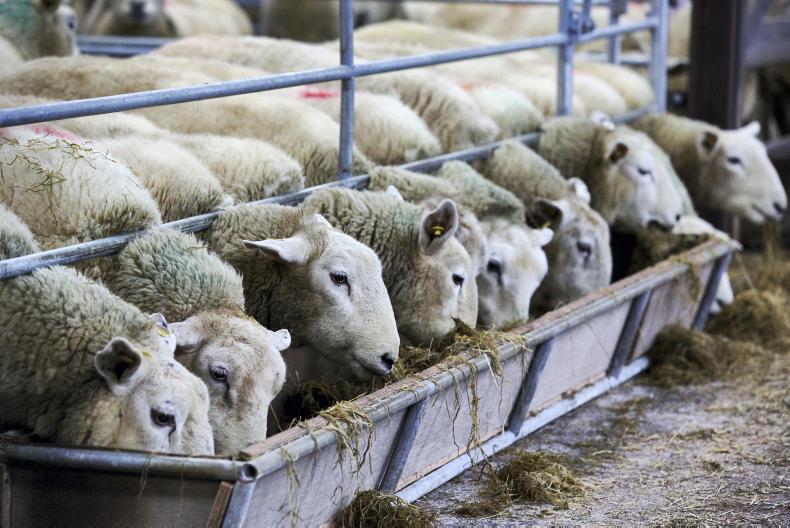Scanning is reported as a popular measure under the Sheep Welfare Scheme. Feedback and interest in the measure from information meetings suggest that a high number of applicants have selected scanning to satisfy their Category B requirement. As such, it is no surprise that there is a high volume of questions arising, with scanning starting immediately for many farmers.
Starting date
The first area where there is confusion arising concerns the starting date of the scheme and scanning records for this year’s lambing. The scheme starting date is after the closing date for applications, which has been extended to 3 February. The scheme will run for 12 months from that date. Where scanning has taken place before this date it will not satisfy the requirement for year one, as it has taken place before the scheme begins. Scanning at the end of the year (early lambing flocks) or before 31 January 2018 will be required to satisfy the requirements of year one. In later-lambing flocks scanning after 3 February 2017 will suffice to satisfy the scanning requirement in year one.
Some farmers have asked if this will delay their payment in 2017. The Department advises that the target is to get an advance payment (75% or 80% for example) to all applicants – irrespective of measures selected – completed towards the end of 2017 with a top-up paid on completion of year one.
Feeding records
The task of scanning ewes is only one aspect of the measure. Ewes must also be grouped and managed post-scanning in accordance with litter size.
This is also an area where there are questions arising. Page seven of the Scheme Action Record Book 2017 deals with scanning. The page includes the table shown (table 1) for recording the volume of concentrate supplementation, listing the date meal feeding commences, the rate offered per day and the total supplementation used.
Some farmers have asked if this means that ewes must be fed a flat rate allocation pre-lambing. Others have asked if it means that single-bearing ewes in adequate body condition in late pregnancy must receive concentrate supplementation. Department officials at information meetings have been keen to point out that they are not looking for farmers to change their current feeding programmes if they are satisfying the aim of improving lamb survivability and reducing mortality.
The Department advises farmers to record their feeding programme and summarise it in the table, or where this is not suitable to record the feeding strategy on the same page.
For example, some hill flocks in particular, but also lowland flocks, will offer ewes feed buckets in the runup to lambing. This practice can continue as long as ewes are separated and fed in accordance with litter size.
Where single-bearing ewes are in good condition and are not receiving concentrate supplementation, this can be recorded in the table as zero supplementation. However, it should be noted that grass, hay or silage availability and ewe condition score may be examined at inspection.
In relation to lambing outdoors and using grass reserves to meet nutritional demands in the final week to 10 days of lambing, this may be sufficient for single-bearing ewes in good condition and with adequate grass supplies. However, in general, the Department advises requirements of multiple-bearing ewes will include extra supplementation in the final weeks of pregnancy.
“A very important point to make in relation to scanning in general is that, regardless of the requirements of the scheme, it is only of benefit if you make use of the results – ie treat your ewes in the pre-lambing period in accordance with their litter size,” according to DAFM.
Recommended feeding
The recommended level of meal supplementation will be dependent on litter size and the quality of forage available. The standard Teagasc recommendations for a 75kg to 80kg twin-bearing ewe in good body condition are listed in table 2. These recommendations can generally be increased by 30% for triplet-bearing ewes and reduced by 30% for single-bearing ewes. Good-quality leafy hay has an equivalent feeding value of moderate to good-quality hay with the feed benefiting in terms of feeding value by potentially higher intake. It is also worth noting that intake and performance will be greater with precision over single-chopped silage, with poor-quality silage also depressing intake.






 This is a subscriber-only article
This is a subscriber-only article







SHARING OPTIONS: